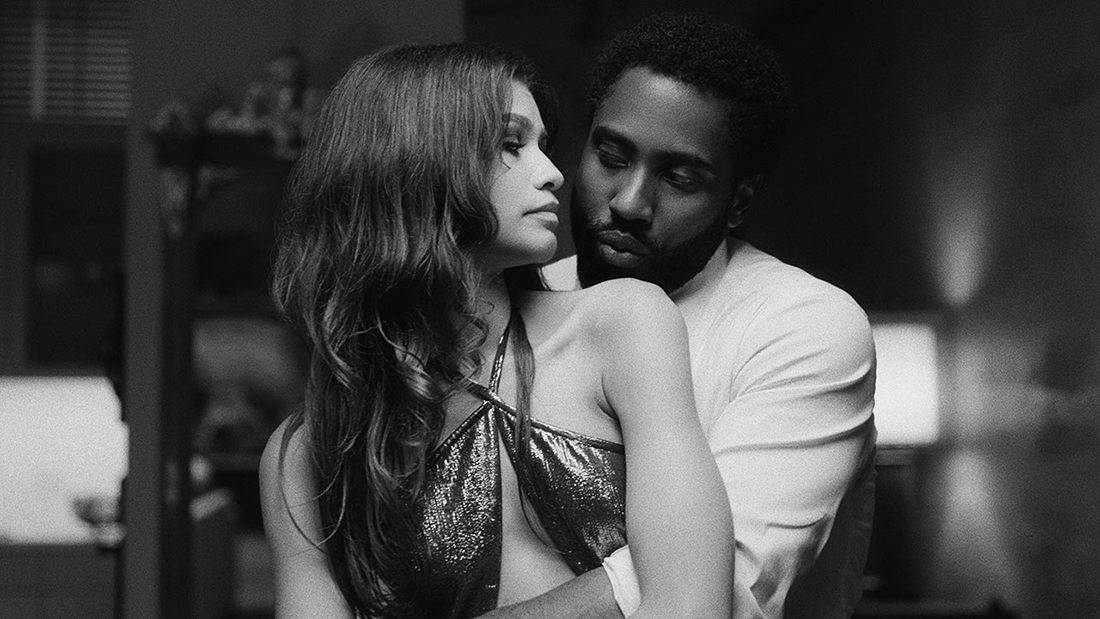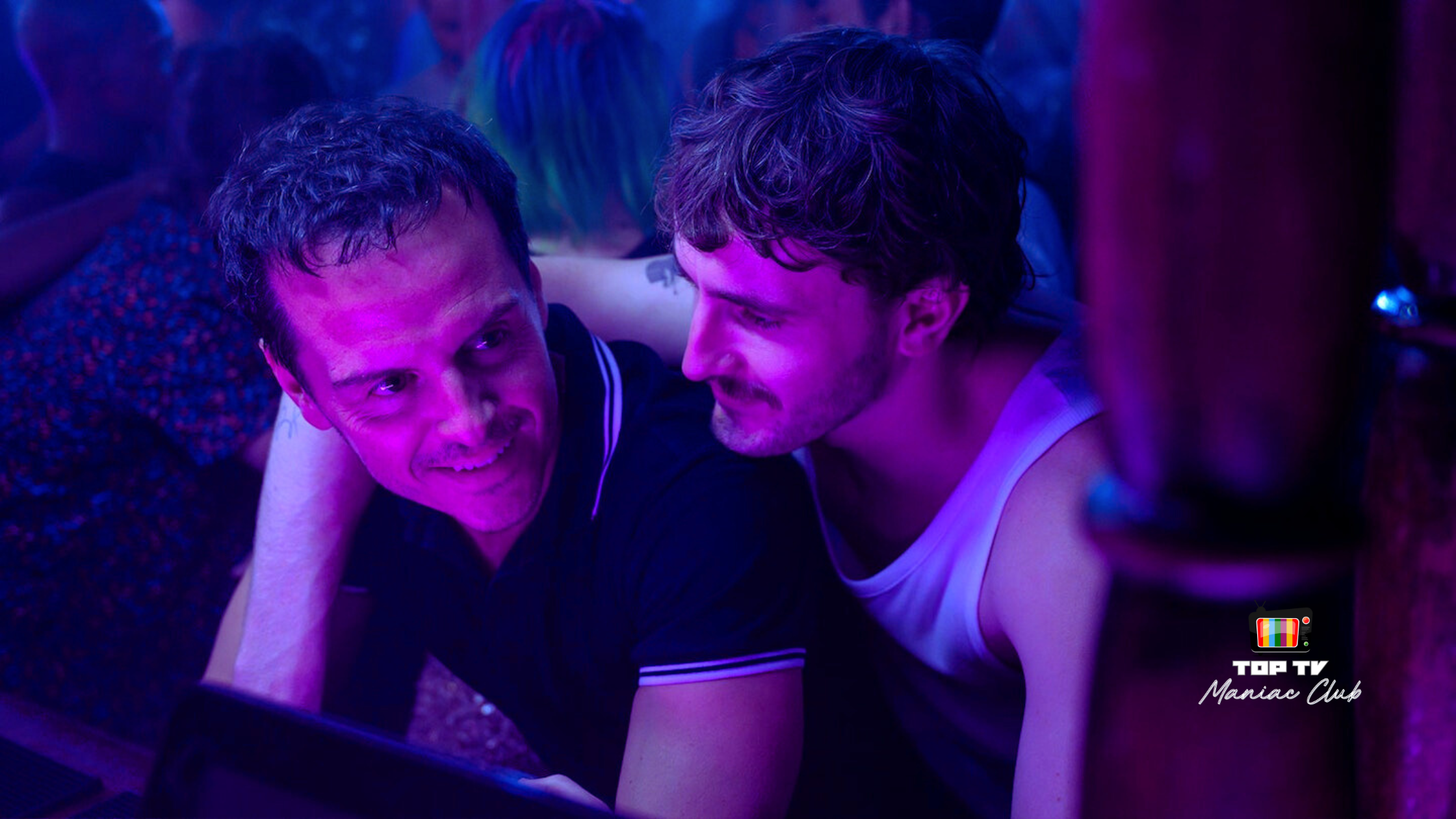The director of the acclaimed series “Euphoria”, Sam Levinson is back with the American drama film “Malcolm & Marie” that explores relationship crisis and cinema. Produced and filmed for Netflix in record time, during the Covid-19 pandemic and, starring Zendaya and John David Washington, the film brings to light a dramatic premise and an interesting structure, but the story empties along the path of 106 minutes.
The narrative starts with Malcolm and Marie arriving at home (by the way a beautiful bungalow) after the premiere of the film created by Malcolm about the conflict of a 20-something girl and drug user. While Malcolm talks to Marie about the reactions of the specialised critics and the public when watching his new film, we notice that Marie is annoyed, with something “stuck in her throat” and on the verge of coming out. Among a cigarette and another, a glass of drink in hand, a song playing, a plate of macaroni and an unsuccessful attempt at oral sex, the camera follows the two protagonists, in an almost sequential shot through the house’s surroundings, in black and white photography, preparing for the movie conflict.
From this moment on, we understand that Marie is hurt because Malcolm during his speech to the audience that saw his film did not thank for her contribution to the film. Marie’s story was an inspiration for Malcolm to develop the motion picture, but he did not get public recognition. She begins to theorise what would have led him to hide the source of research for his work. However, the filmmaker who is egocentric and vain, does not accept criticism and makes accusations towards her behaviour. The couple begins a game of “throw the first stone if you have no mistakes” over each other creating an atmosphere that lets the viewer know that that argument will not end well.




Levinson again uses a minimalist and intimate language, which he learned to develop in his previous works as the series “Euphoria” also starring Zendaya. The structure of the narrative occurs within the chosen time frame, which focuses solely and exclusively on its title characters in a conversation that took place on the same night. There are no flashbacks, time-lapses, and all the actions take place in the same location: the bungalow where the couple lives, varying only among its rooms and yards.
The script of the film reminds me of the theatre plays because the narrative is focused on the strength of the textual – the image becomes a less important element. The text is entirely and solely dedicated to a great discussion that slowly reveals who the two characters are, two very different human beings, who love each other, but who have “demons” and how they affect the dynamics and conditions of their relationship. The characters are there to work in favour of the dialogues and the dialogues build the narrative.
Even the way the situation of the conflict is maintained throughout the film, without time lapses or adding new external incidents, but rather, elastically extending the conflict in a way that the textual is blocked to bring new elements into the storyline. For example, instead of exploding at once, the characters are reluctant, walking through rooms to avoid catching the fire, but soon returning as a new spark of something unsaid, a new thought out argument.
As a matter of fact, like any theatre play, the actors’ tour de force is fundamental to the success of the story and in this respect, Leviston manages, through his well-marked direction, in a scenario and with a limited narrative cut, to extract the best performance from the actors. He has achieved that.



Unfortunately, despite the interesting idea, at a given moment, the story stops being sustained in this theatrical game focused on the characters, and the film starts to get boring, overwhelming, loses its charm and criticality. Not even the convincing performances, the beauty and sex appeal of the actors Zendaya and John David Washington, have managed to keep my interest in the film.
Another moment that the director gets in trouble when he uses metalanguage to criticise the cinema viewers and critics, using his film for a self-outburst through the character Malcolm who seems to be his alter ego. The idea is good, but the way the director executes is not organic within the universe of the plot. The sentences told by Malcolm are loose in may ways. This allegory sounds much more like a pedantic and pretentious attitude by Leviston to retaliate and reject the criticisms he received throughout his career, than properly spotlight the nocive the audience can be with creators in general.




